Unfortunately, this deal has expired 17 October 2019.
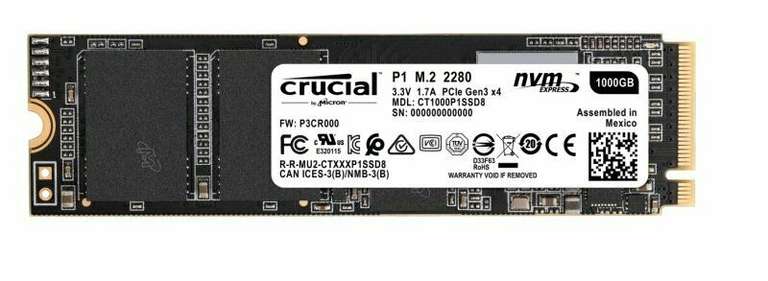
*
646°
Refreshed 4 years ago
Crucial P1 1TB 3D NAND NVMe PCIe M.2 SSD (2,000 MB/s R, 1750MB/s W) for £89.46 With Code Delivered @ Ebuyer/Ebay
Shared by
Brutes
Joined in 2016
7,871
13,392
About this deal
This deal is expired. Here are some options that might interest you:
Update 1
Price further reduced from £91.99 to £89.46
5-year Limited Warranty
We back thousands of validation hours, dozens of qualification tests, and a heritage of award-winning SSDs with a 5-year limited warranty.
For your high productivity workforce that requires more storage and demands better performance, the Crucial® P1 SSD delivers. Capacities start at 500GB and scale to 2TB. Accelerate performance with the latest NVMe™ PCIe® technology. The P1 is designed to be one of the most beneficial upgrades for business computers — storage, speed, and dependability.
Key Features
User Benefits
Specifications
Included Accessories
We back thousands of validation hours, dozens of qualification tests, and a heritage of award-winning SSDs with a 5-year limited warranty.
For your high productivity workforce that requires more storage and demands better performance, the Crucial® P1 SSD delivers. Capacities start at 500GB and scale to 2TB. Accelerate performance with the latest NVMe™ PCIe® technology. The P1 is designed to be one of the most beneficial upgrades for business computers — storage, speed, and dependability.
Key Features
- Capacities up to 2TB with sequential reads/writes up to 2,000/1,750 MB/s
- NVMe™ PCIe® interface marks the next step in storage innovation
- Micron® 3D NAND – advancing the world's memory and storage technology for 40 years
- 5-year limited warranty
User Benefits
- Room to Spare: Securely load and store up to 2TB of important files on Micron® NAND in a tiny M.2 form factor.
- Vital Performance: NVMe™ PCIe® technology delivers sequential read/write speeds up to 2,000/1,750 MB/s so work gets done faster.
- Lasting Value: The Crucial P1 SSD is designed to be the only storage upgrade you'll need with an affordable blend of performance and capacity.
- 5-year Limited Warranty: We back thousands of validation hours, dozens of qualification tests, and a heritage of award-winning
- SSDs with a 5-year limited warranty.
Specifications
- Capacity: 1TB
- Sequential Read: 2,000 MB/
- Sequential Write: 1,750 MB/s
- 4KB Random Read: 170k IOPS
- 4KB Random Write: 240k IOPS
- Form Factor: M.2
- Product Dimensions: 22mm x 80mm
- Product Weight: .017 kg
- Memory Type: Micron® 3D QLC NAND Flash
- Controller: SM2263
- Interface PCIe®: NVMe™ Gen 3
- MTTF: 1.5 million hours
- Endurance: Up to 200TB
- Operating Temperature: 0°C to 70°C
- Power Usage Active Average: 100mW
- Hardware Encryption: No
- Warranty: 5-year limited
Included Accessories
- Crucial® Storage Executive
- Acronis® True Image for Crucial
- Crucial Easy SSD Install Guide
Community Updates
Edited by Brutes, 16 October 2019
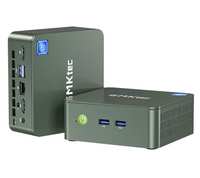

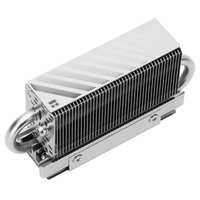


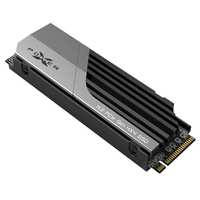
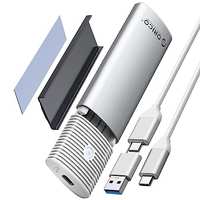

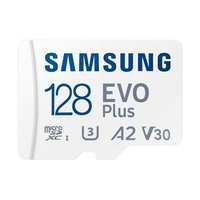
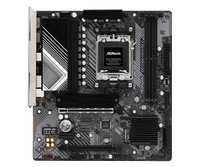
15 Comments
sorted byThey use different types of flash.
Sabrent is TLC which stores 3 bits of data in every cell. Writing to TLC is relatively fast at about 500MB/s.
Intel is QLC which stores 4 bits of data in every cell. Writing to QLC is really slow at 100MB/s (same as mechanical drives). It isn't as robust as TLC (you can't write to it as many times before it dies).
Both use a cache when you write to the drive to achieve better performance. They use a portion of their flash chips as SLC (single level cells). Using TLC/QLC chips as SLC reduces the capacity of the drive alot. For a QLC drive to have a 256GB SLC cache uses 1TB of QLC chips, so there's a limit on how much cache is available, as the drive fills up in drops.
If you write quickly to the drive the cache gets used up and then you're left writing directly to the TLC or QLC which is slower (as above) and in the case of QLC is really slow.
If you write slowly or in small amounts the SLC data is shuffled onto the TLC or QLC, freeing up the cache. So for light to medium usage you never see the performance penalty. (edited)
If considering make sure you are aware of the limitations of QLC used in this drive compared with the TLC in the Sabrent Rocket at £110, which is a better performing drive.
QLC is better for storage, whereas TLC is better for an 'active drive' as it were, given that TLC can accommodate more read/write cycles. Is the difference enough to matter? Depends on what you're using it for really.
thanks for the lesson. Genuinely very useful, and great to see people being so helpful and detailed in educating others. Cheers
For your regular user who's going to put their OS, personal files and some games on it, I wouldn't worry. If you're intending to use this in an 800GB database server or as a scratch disk for raw video editing, look for something else - even TLC I'd avoid.
I upgraded to this drive last month from an old Samsung 840 I'd been using since early 2013 - before I pulled it I used samsung's software to check the writes and I'd written just under 50TB to it - daily main drive use (including torrents etc) since early 2013. I wouldn't worry about it.
I did indeed
Itll be absolutely fine for that.
I'd only spend the extra if it's my main drive and I was a heavy user. For a second storage drive QLC is fine.
PCIE4 SSDs give minimal real world benefits. (edited)
Absolutely fine, provided you dont try and write hundreds of GB in one go to it.
What's the difference?
Do you mean magnetic drives?
I was thinking of getting this purely as a secondary storage device for games. It's basically the same price as a similar capacity SATA ssd so why not? I've already got a 960 Evo for my boot drive.
Is that a good use? Is it worth spending a little more on the Sabrent drive (which is what I had my eye on)?
And is it worth spending extra on the Sabrent in your estimate? Both have a 5yr warranty, and I'm a bit of a hardware geek so swapping gear happens again in a few years likely. But the speeds are significantly faster, and the PS5 looking like it's having an equivalent to a PCIe Gen4 drive soldered next to the CPU package has me wondering...
Alright. It's on you now. I've ordered it!
Regardles the PCIe4 equivalent SSD going in the PS5, we'll have to wait and see whether game design changes to take advantage of the new storage tech and leaves PCs loading games from regular SSDs behind or not. I'm betting there will be some tangible difference, but that it won't be game-changing (pun not intended). (edited)